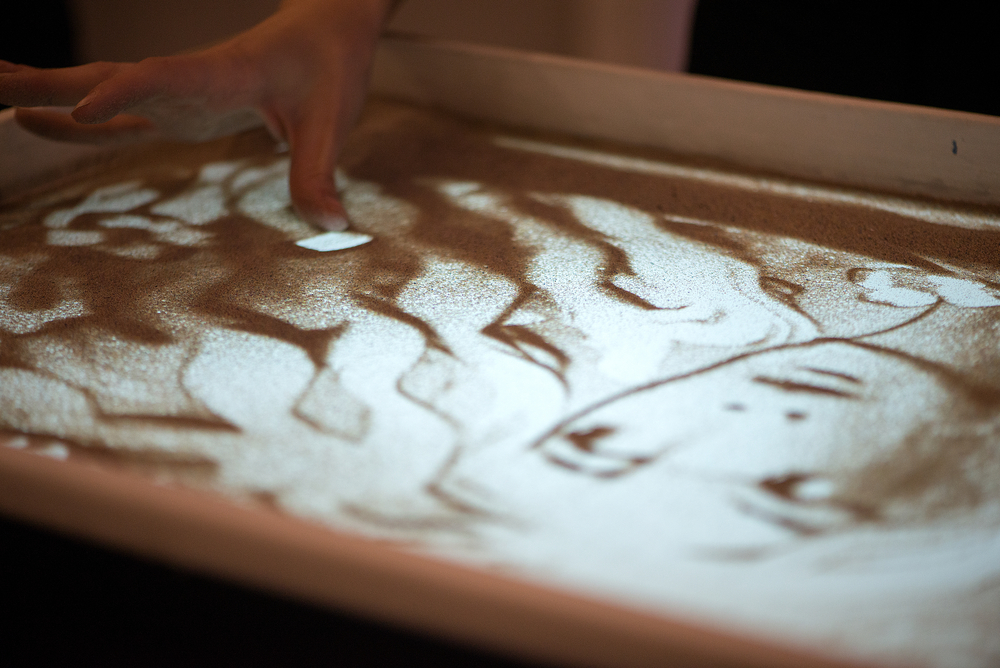Intricate Beauty: Exploring the Artistry of Sand Animation
Sand animation, a form of visual storytelling that has captivated audiences for decades, is experiencing a new wave of popularity. This article delves into the history, the renaissance, and the cultural impact of this mesmerizing art form. Sand animation, also known as sand art, is a performance art that involves manipulating sand on a lightbox to create evolving images and narratives. This unusual art form has its roots in the ancient practice of sand drawing, a cultural tradition among various indigenous tribes around the world. Over time, these simple drawings evolved into more complex narratives, giving birth to sand animation as we know it today.

Sifting Through Time: The Modern Revival of Sand Animation
In recent years, sand animation has seen a resurgence, propelled by its unique blend of storytelling and visual art. This revival owes much to high-profile performers like Kseniya Simonova, who won Ukraine’s Got Talent in 2009 with a poignant sand animation performance that portrayed the tragedies of World War II. Simonova’s performance not only reintroduced sand animation to a new generation but also demonstrated the art form’s potential for emotional depth and resonance.
Beyond the Grain: The Impact and Significance of Sand Animation
The current popularity of sand animation is indicative of a growing appreciation for unconventional, ephemeral art forms. Unlike most visual arts, sand animation is transient by nature; each image exists only for a moment before it is swept away to make room for the next. This fleeting quality adds a layer of poignancy to each performance, reflecting the impermanence of life.
Moreover, the simplicity and universality of sand animation make it an accessible medium for artists around the world. It requires minimal equipment and training, yet it offers infinite potential for creativity and expression. As such, it has become a powerful tool for storytelling, capable of transcending language barriers and cultural differences.
Grain by Grain: The Future of Sand Animation
As sand animation continues to captivate audiences worldwide, it is also evolving in exciting ways. New techniques and technologies are being introduced, expanding the possibilities and pushing the boundaries of this art form.
For instance, some artists are experimenting with colored sand and different light sources to create more vibrant, dynamic images. Others are incorporating digital elements, such as projection mapping and augmented reality, to enhance their performances.
Despite these innovations, the essence of sand animation remains the same: the enchanting dance of sand, light, and shadow. It is this timeless quality, coupled with its adaptability, that ensures the continued relevance and appeal of sand animation in the ever-changing landscape of arts and entertainment.
In conclusion, sand animation is a fascinating blend of art, storytelling, and performance. Its recent revival and ongoing evolution reflect not only its inherent beauty and versatility but also the enduring human desire for creative expression and connection. As we look to the future, it is clear that sand animation will continue to enchant, inspire, and evolve, one grain of time.




